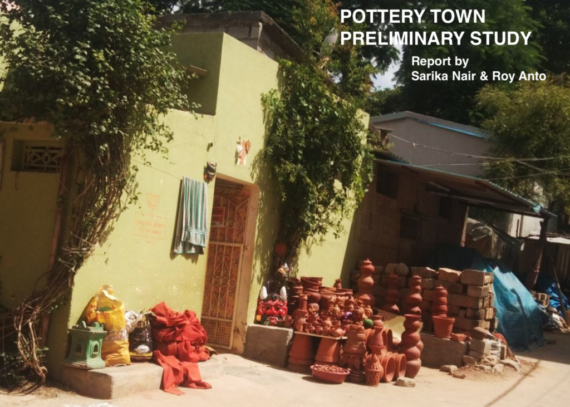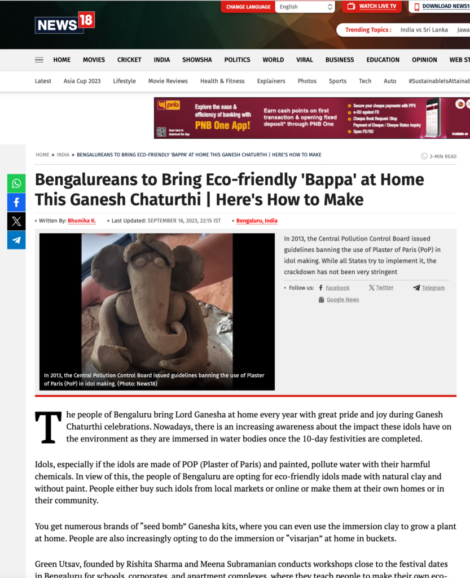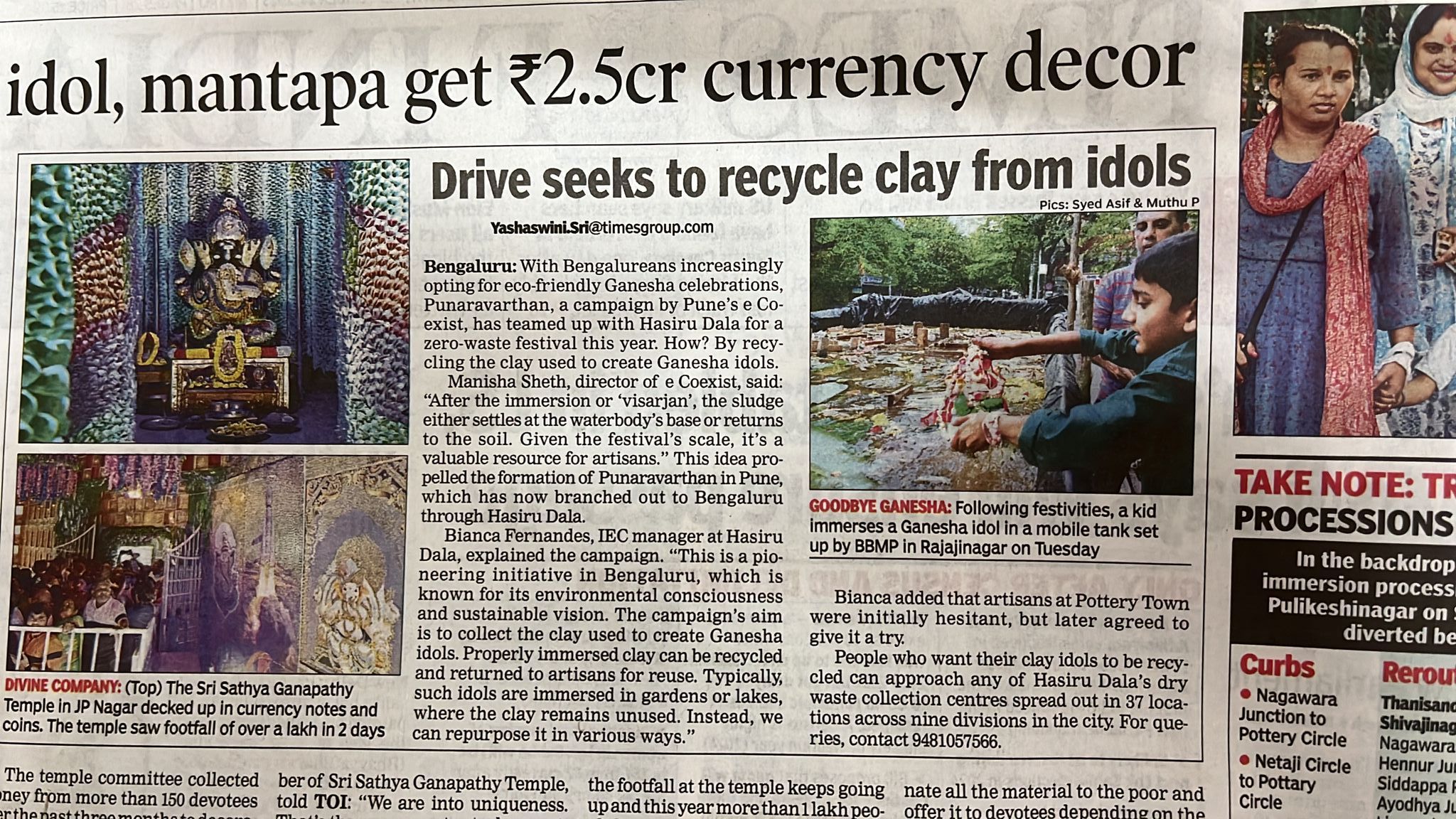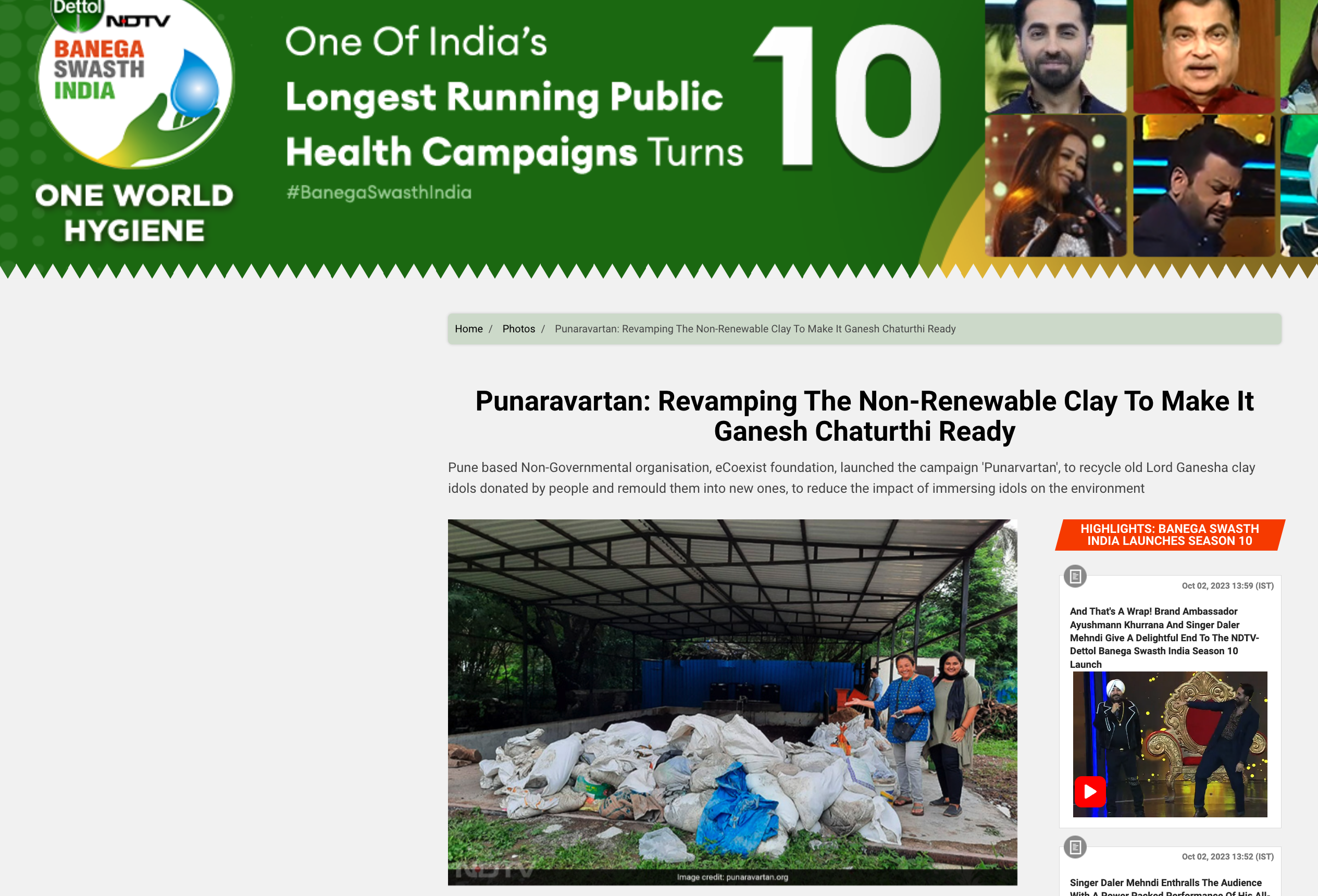BANGALORE
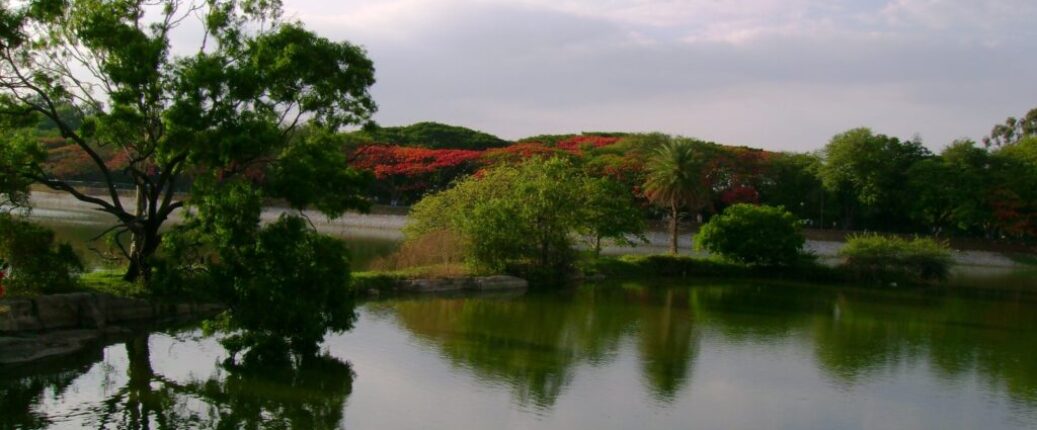
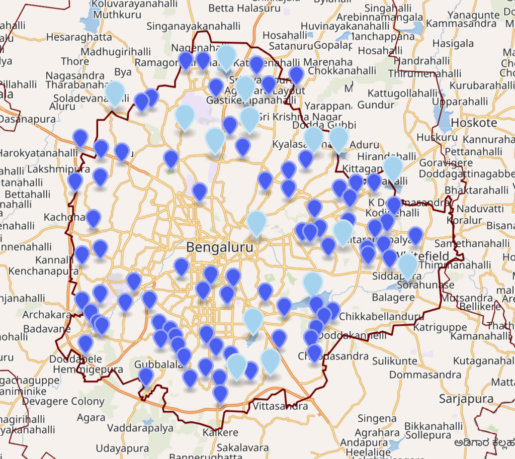
LAKES OF BANGALORE
Lakes and tanks in the metropolitan area of Greater Bangalore and the district of Bangalore Urban are reservoirs of varying sizes constructed over a numb er of centuries by various empires and dynasties for rainwater harvesting. Historically, these reservoirs were primarily either irrigation tanks or for the water supply, with secondary uses such as bathing and washing. The need for creating and sustaining these man-made dammed freshwater reservoirs was created by the absence of a major river nearby coupled with a growing settlement. As Bangalore grew from a small settlement into a city, both of the primary historical uses of the tanks changed. Some lakes have been redefined as recreational spaces. Some have been built upon. Other lakes have reduced in size and are in various stages of deterioration. While associated pollution is rampant such as the case of Bellandur Lake which is used as a sewage tank, numerous public and private efforts have been undertaken to address sewage treatment, prevention of dumping and encroachment.
Punaravartan Posters 2024
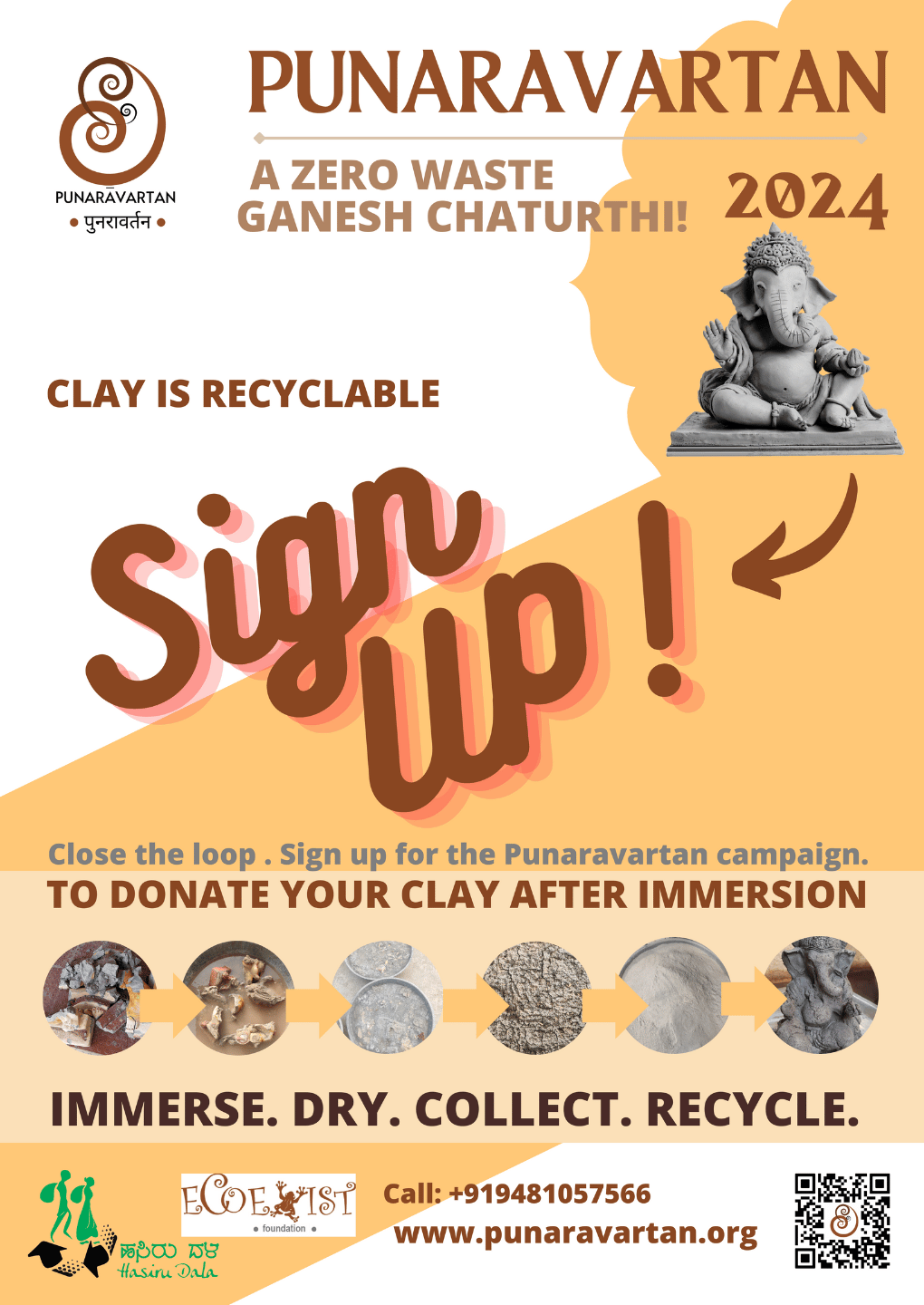
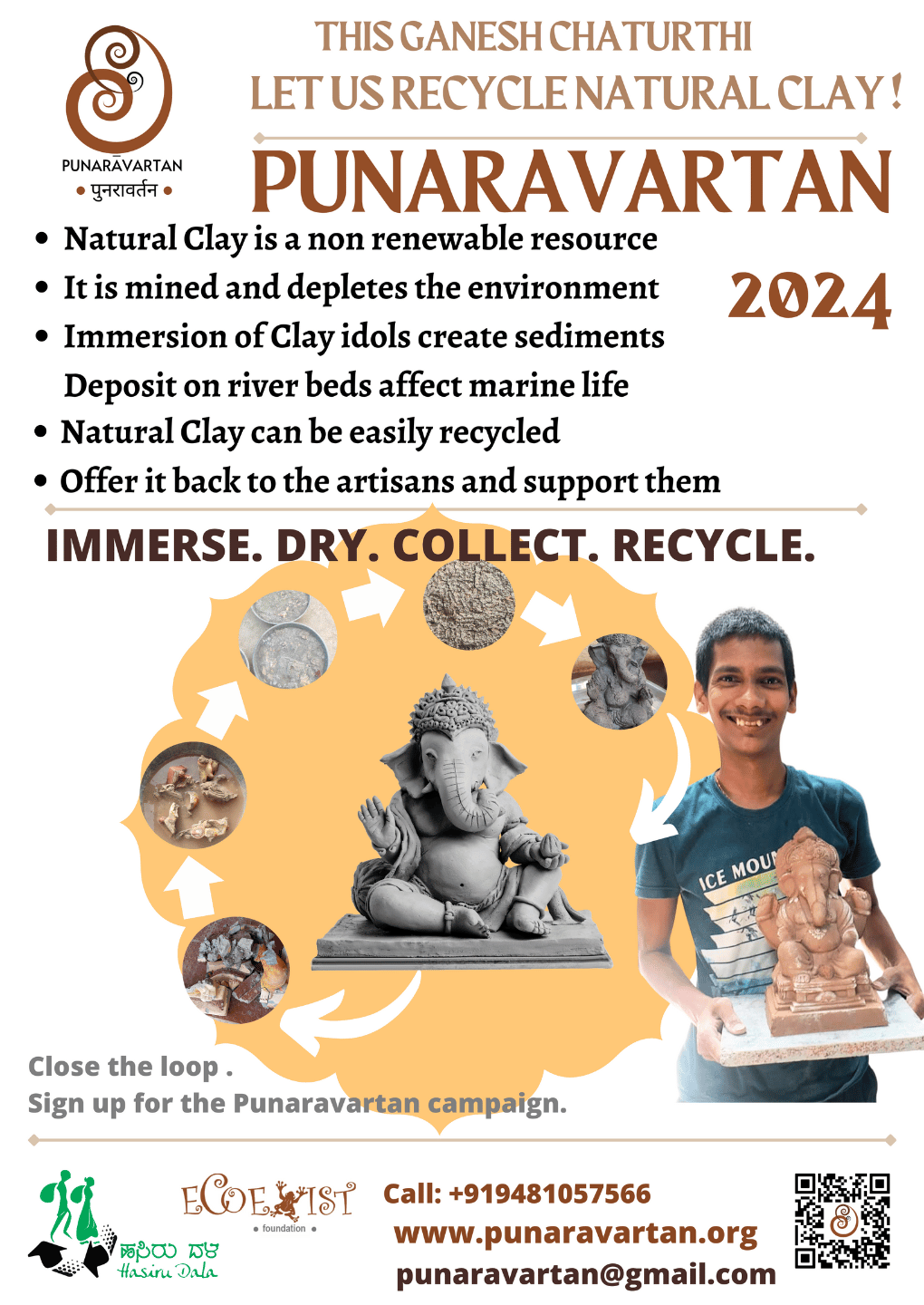
Lakes
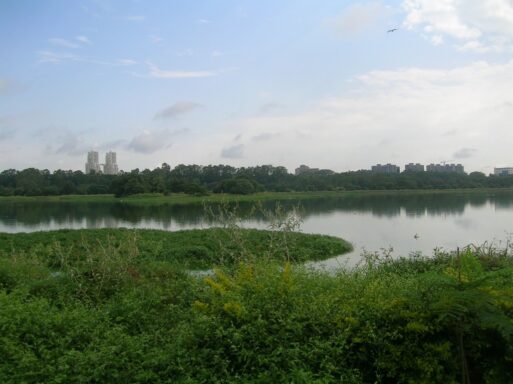
HEBBAL LAKE
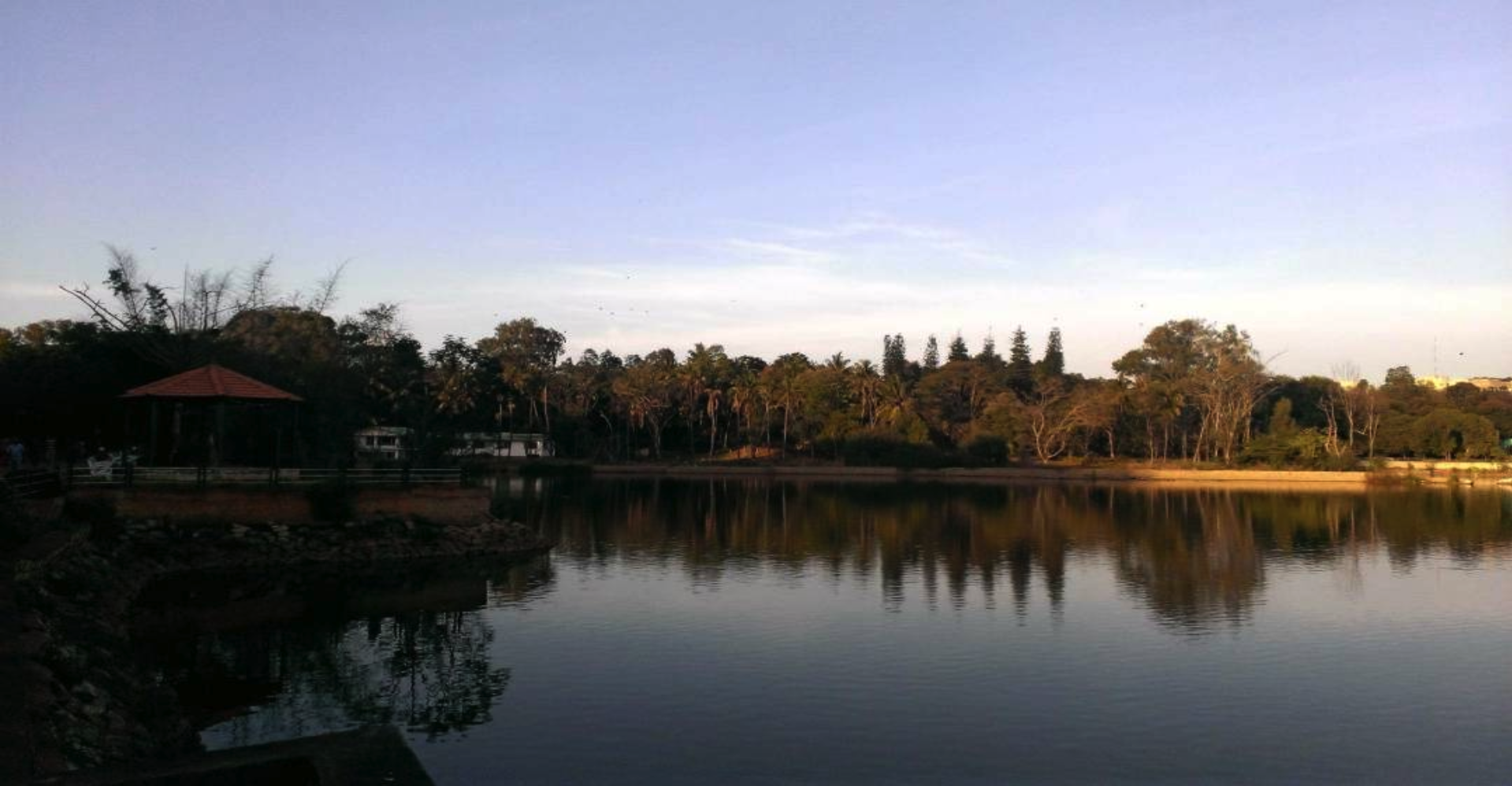
SANKEY TANK LAKE
CAMPAIGN ACTIVITIES Research
Campaign Partners

CONTACT: 9481057566
Laws
In 2013, the Central Pollution Control Board issued guidelines banning the use of Plaster of Paris (PoP) in idol making and revised them again in 2020. Thereby pushing for the use of clay.The KSPCB too has been following the CPCB directives and even regulated the use of chemical colours. The State/ULB rules and regulations would be formed consulting the KSPCB, especially on the POP idols. The KSPCB has been part of large promotion events for citizens to make clay idols and popularized it by making into Guinness World Records and beating their own record. The material cost was around Rs 150 going up to Rs 15 lakh. KSPCB was funding it partly, and the rest of the amount was raised from friends and well-wishers.
Government action Bruhat Bengaluru Mahanagara Palike
The city of Bangalore usually sees over 1.2 lakh idols being immersed in its tanks every year. The BBMP had limited the number of large community idols to be 1 for each ward during the covid years. Last year it made provisions for 35 large temporary artificial lakes near the main lakes across the city and called a tender for 150 mobile tanks to be installed at ward level to collect the clay after immersion. The city saw a lesser number of idols immersed last year. The BBMP is also planning to launch a crackdown on the use of idols made of plaster of Paris (POP) to minimise the environmental impact of the Ganesha festival, like every year. A plan of action to this effect will be drawn up along with Karnataka State Pollution Control Board (KSPCB). BBMP took help from NGO members along with police to monitor the immersion of idols made of PoP.
Offenders will have to pay a fine of Rs 10,000 or/and may face imprisonment upto 3 months under the Water Pollution Prevention and Control Act of 1974. (Ban in Karnataka: https://allaboutbelgaum.com/
Materials Clay
Artists start idol making at least 4 months in advance. In Bangalore, the artists from Potters Town have been sourcing clay from the lakes. Last year due to weather conditions, procuring clay and curing it for the festival was hard and this led to a hike in prices. Some of the artists use PoP as an adhesive for idol making. Few people (customers as well as artists) continue to import the PoP idols made in other states. Last year KSPCB had pitched for idols made of turmeric and seeds mixed with clay.
The articles on price of the clay mentioned it is sourced from the lakes of Bangalore, not sure if it is sourced from outside the state. Information on the demographics of the artists are not known as of now.
Immersion & Disposal Lakes department ( BBMP)
Usually it is the ULB authority who are responsible for planning, monitoring of the use and sale along with the help of KSPCB. The collection of the clay after immersion is the responsibility of the Lakes Department of BBMP (https://site.bbmp.gov.in/
Desludging was mentioned as a method of handling the post-immersion waste. Not sure of how it is disposed of.
Here is a case study by KSPCB on compliance with directions of NGT notification and Karnataka HC dismissing a writ petition on the prohibition on use/immersion of PoP and coloured idols https://cpcb.nic.in/
